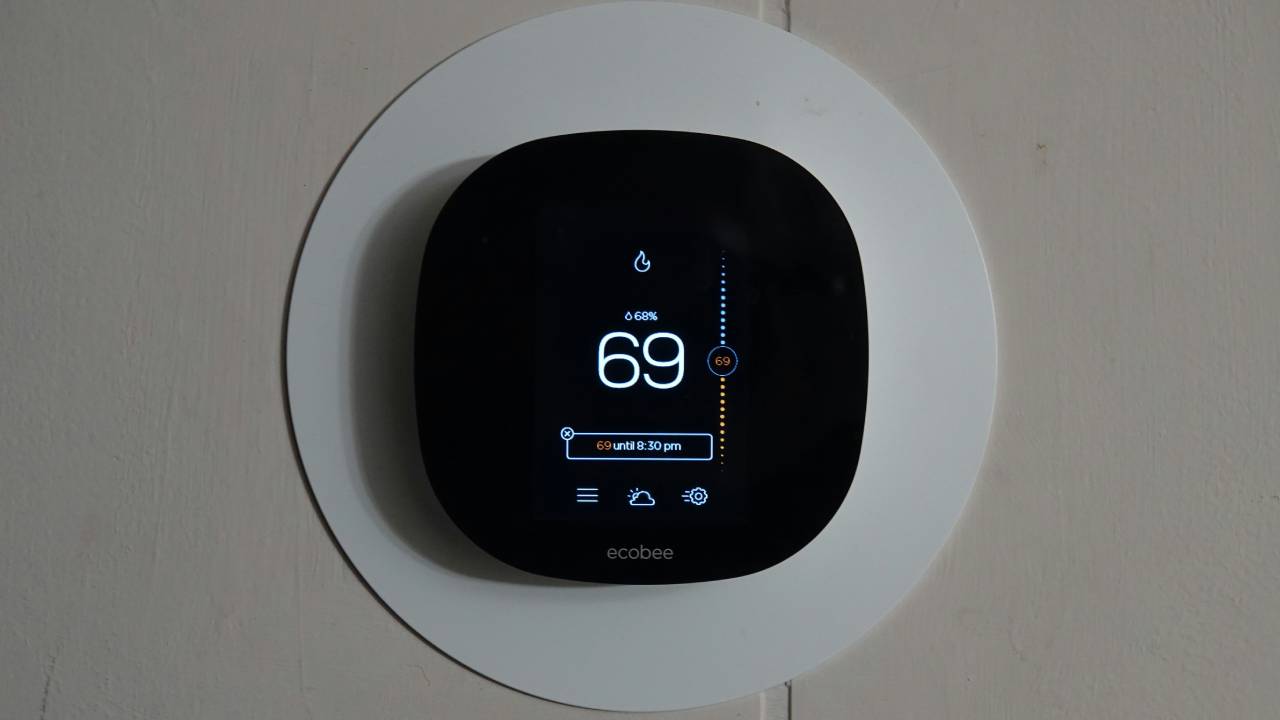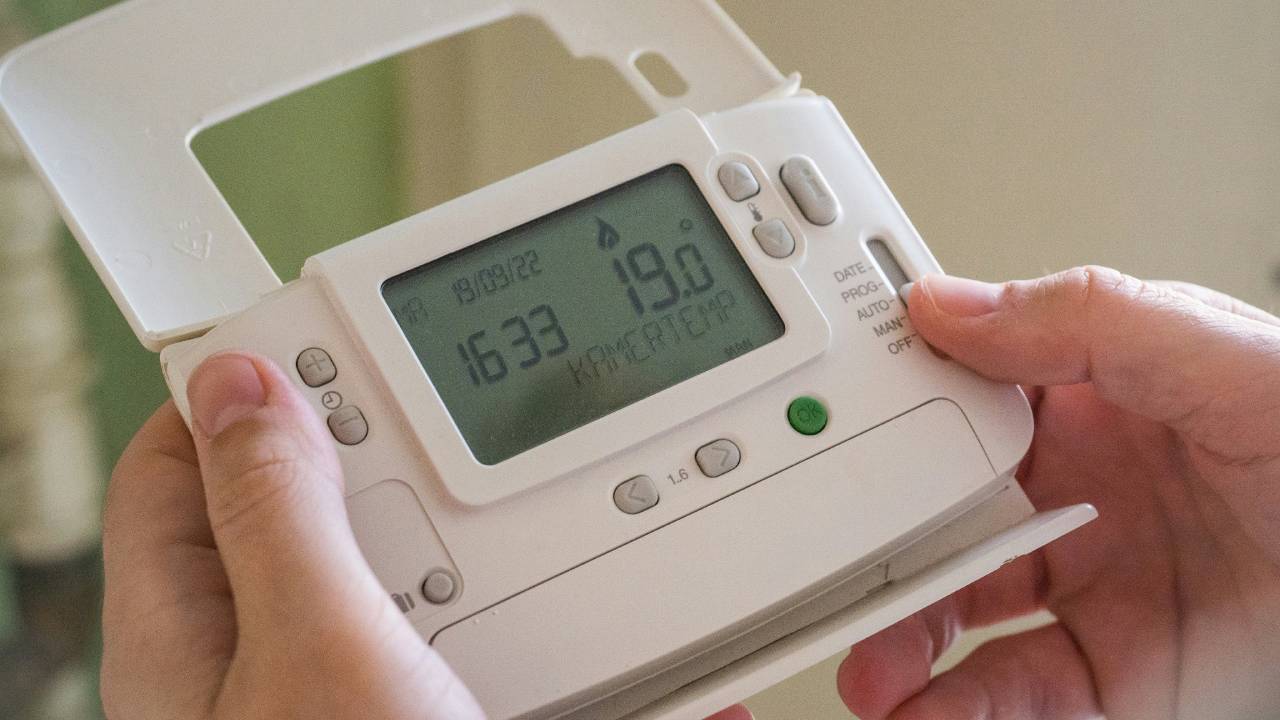
As winter approaches, it’s important to keep your house warm and comfortable, but with the insanely high energy prices, you might be tempted to avoid turning your heating on for as long as possible.
I’m definitely one of those people who puts off turning on the heating. While it does keep my bills down, I can often see my own breath while indoors, and will commonly be found shivering underneath a blanket – my terrible circulation is also to blame, but that’s neither here nor there.
But, after much trial and error, and after talking to experts at JD Williams and Sleepseeker, I’ve found seven tips that help winter-proof your house and keep it warm while avoiding turning on the heating.
P.S. For when you can no longer avoid putting the heating on, check out the best smart thermostats which can help manage the temperature, set timers and save you money overtime.
1. Choose warmer bedding
As the temperature drops, it’s time to swap your summer bedding for your winter duvet – see when should you switch to a warmer duvet? for more details. Alongside being chilly and uncomfortable, sleeping in a bed that’s too cold can be extremely disruptive to your sleep, so it’s important to make this switch to ensure you’re getting good rest while staying cosy.
For cost-effective warmth, invest in a duvet that has a high tog, like 10.5 or higher. Experts at JD Williams also recommend using brushed cotton sheets and layering blankets to create a warm environment.
2. Use an electric blanket
While they do run on electricity – clues in the name – the best electric blankets are much cheaper than turning on your heating. Bedding experts at Sleepseeker state that the ongoing price of your electric blanket will depend on the rating on its label, but some cost as little as 3p an hour. Not only do they cost less, but they’re deliciously warm and cosy, and they also come with timers and auto shut-off features for added safety.

3. Wrap up warm
It’s very easy to get chilly while sitting around at home, so make sure to wrap up warm by wearing extra layers. Whether you put on another jumper, a thick pair of socks or swaddle yourself in a blanket, ensuring your skin isn’t exposed to the elements can keep you warmer for longer. Of course, if you get to the point where you’re donning a hat and coat inside, it’s probably time to turn the heating on but wearing an extra hoodie can help you avoid it a little longer.
4. Install thermal curtains
Curtains, particularly thermal-lined ones can keep the cold out of your home and help rooms retain heat. According to JD Williams experts, a “study conducted by the University of Salford discovered that closing the curtains at nightfall has the ability to reduce heat loss by between 15-17% so make sure to remember to close them at nightfall to trap heat and open them during sunny days to take advantage of natural warmth.”
5. Seal any drafts
Once you’ve sealed any drafts coming through your window with thermal curtains, you should look to seal other areas too. Drafts are a major source of heat loss in your home, so take time to identify and seal any gaps around your doors, windows and floors. For quick fixes, you can get a draft blocker or roll up a blanket and place it at the base of your doors. For serious and larger jobs, experts at JD Williams recommend using weather-stripping, door sweeps or an expanding foam sealant.
6. Add rugs for extra insulation
Wooden and laminate floors can get extremely cold during the winter, so adding a rug can provide an additional layer of warmth and comfort. Having a rug on your floor can retain heat, provide a cosy atmosphere and make your home look more aesthetically pleasing.

7. Prepare your heating system in advance
While all these measures can prolong putting your heating on, it’s inevitable that at one point, you’ll be too cold and will reach for the heating – and if you go to do that and your radiator is blocked, then you’ll be colder for much longer. To avoid this, schedule regular maintenance checks to ensure your heating system is running efficiently. Experts at JD Williams recommend bleeding your radiators to remove trapped air, and to insulate your hot water tank with a cylinder jacket so that it retains heat better.
For more details, see the exact date you should turn your heating on this year.







